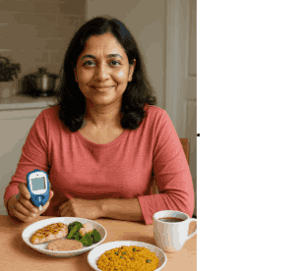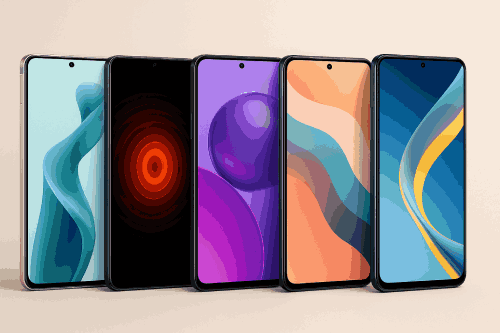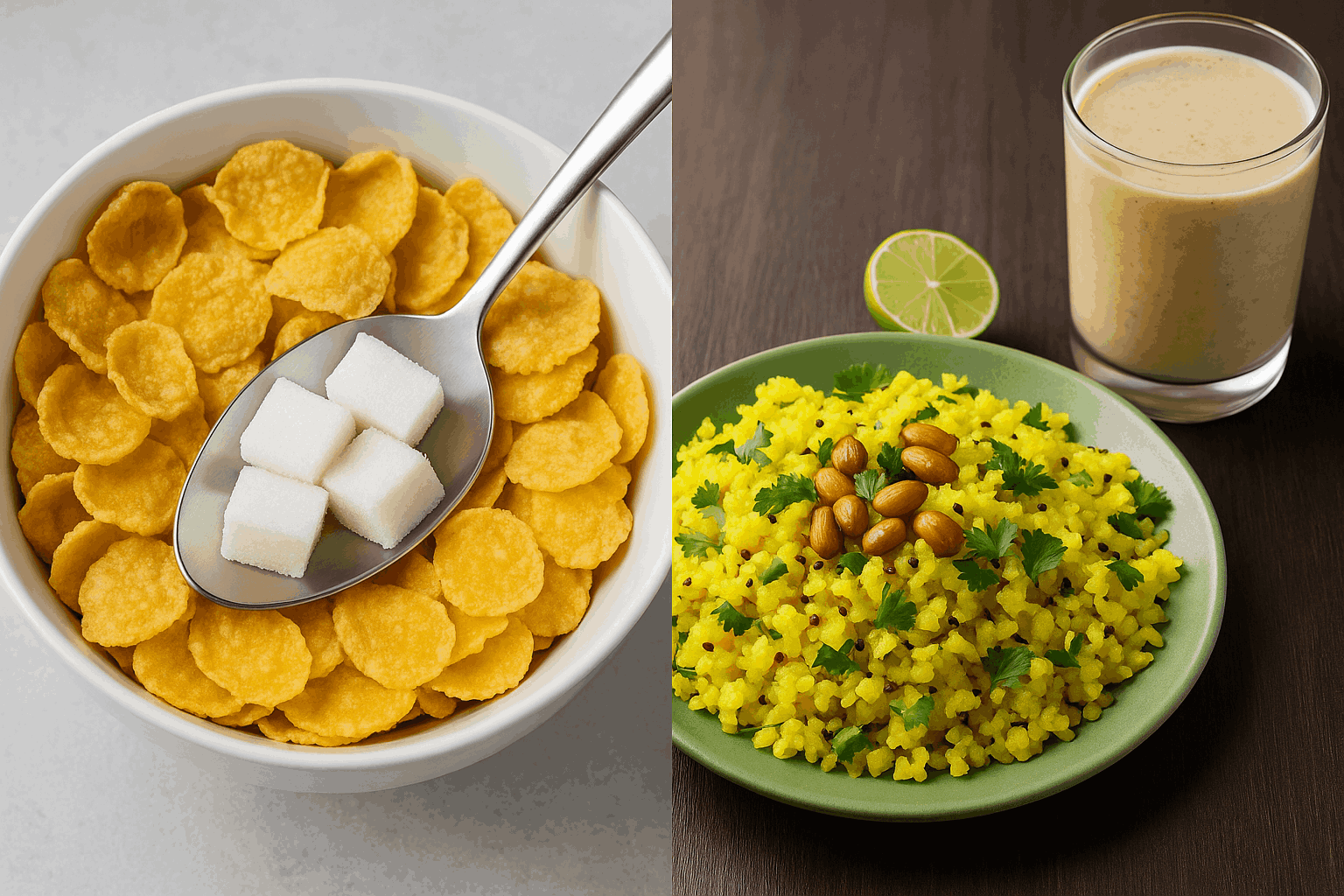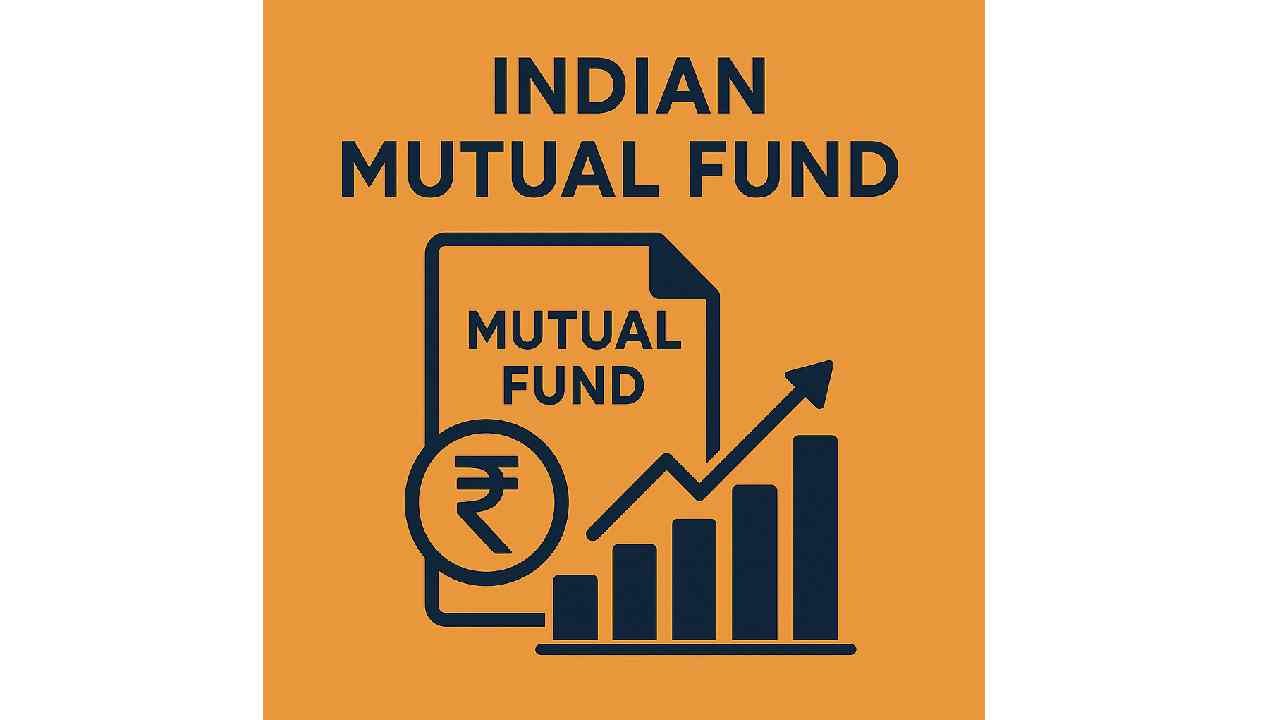When 42-year-old Meera Sharma from Pune was told she had type 2 diabetes, she wasn’t surprised. Tired all the time, constantly craving sugar, and gaining weight no matter what she ate—Meera had a feeling something wasn’t right.
What did surprise her, though, was this:
“You can reverse it,” her doctor whispered. “But only if you change your lifestyle.”
Those five words set Meera on a journey that transformed her life. And if you—or someone you love—is battling diabetes, her story could be the inspiration and roadmap you need.
The Diagnosis That Changed Everything
It started with a routine blood test. Meera’s HbA1c was 7.1%, and her fasting blood sugar was well over 130 mg/dL. She had insulin resistance, her doctor explained—a condition where the cells stop responding to insulin, the hormone that helps move sugar from the blood into the body’s cells.
Years of eating high-carb snacks, skipping meals, and late-night stress eating had slowly broken her body’s ability to manage glucose. She wasn’t “just diabetic”—her body had been struggling in silence for years.
Learning What Really Causes Diabetes
Meera thought sugar was her only enemy. But through online research and doctor consultations, she learned that starches like rice, bread, and potatoes were just as bad, if not worse. These foods rapidly convert to glucose and spike insulin.
Worse, she was eating too often. Every chai and biscuit break at work meant her insulin was always elevated, never getting a break.
She learned about insulin resistance—how too much insulin, too often, leads to the body ignoring it completely. Like a roommate who keeps knocking on your door until you pretend not to hear them anymore.
Step 1: Rebuilding Her Plate
Meera started with her diet. She didn’t go hungry—she just changed what was on her plate.
Here’s what she did:
What She Removed:
- White rice, chapati made from wheat flour, cornflakes, toast
- Sugar, including “hidden sugars” in ketchup, sauces, and packaged foods
- Fruit juices and sweet fruits like bananas and mangoes
What She Added:
- Eggs and Greek yogurt for breakfast
- Leafy greens and stir-fried vegetables with grilled paneer or chicken
- Dals like chana dal and moong dal, cooked with minimal oil
- Homemade roti made with chickpea flour and lauki (bottle gourd) puree
She called it her “blood sugar healing plate.” Every meal was now focused on protein, fiber, and healthy fats—and less on carbs.
Step 2: Fewer Meals, More Control
Next, Meera tackled her meal timing.
She started skipping breakfast a few days a week, sipping tulsi tea or black coffee in the morning instead. She ate two solid meals—lunch and dinner—between 1 PM and 7 PM.
This intermittent fasting gave her body a break from producing insulin and allowed it to begin healing.
Within 3 weeks, her post-meal blood sugar started falling. Her cravings dropped. She no longer felt the need to snack at 4 PM.
Step 3: Moving, Not Exhausting
Meera thought she had to join the gym. But her doctor told her the opposite:
“You don’t need to run. You just need to walk.”
So, Meera began morning walks in her society garden—nothing intense. Just 30 minutes of slow walking. In the evenings, she would stretch or do light yoga.
Gentle movement helped her body absorb glucose without needing insulin, making her muscles work like sugar “sponges.”
Step 4: Sleep, Stress & Sacred Routines
Meera also began to protect her evenings.
She:
- Switched off screens after 9 PM
- Drank cinnamon tea after dinner
- Read a few pages from a calming book
By improving her sleep and reducing stress, Meera lowered her stress (cortisol levels), which also contribute to high blood sugar.
She also started chewing four tulsi leaves every morning and occasionally soaked fenugreek (methi) seeds overnight, drinking the water on an empty stomach.
Meera’s Sample Reversal Day
Here’s what one of her typical days looked like:
Morning (Fasting):
- Tulsi tea or black coffee
- A short 30-minute walk
Lunch (1 PM):
- Stir-fried moong dal with spinach
- One roti made with chickpea flour + bottle gourd
- Cucumber and tomato salad with lemon juice
Snack (4 PM, optional):
- Handful of almonds
- Cinnamon tea
Dinner (7:30 PM):
- Grilled chicken or Paneer Bhurjee
- Fried cauliflower and broccoli or other green vegetables
- Bowl of dal ( Moong or Chana or Toor or Mixed) with light spices
She ended her day by tracking her blood sugar. Within 8 weeks, her fasting glucose dropped below 100 mg/dL. By month 3, her HbA1c was 5.6%—officially no longer diabetic.
Meera’s Results: Beyond the Numbers
- Lost 7 kg
- Reduced waist size by 4 inches
- Improved skin, digestion, and energy
- Stopped needing afternoon naps
- Felt emotionally and mentally lighter
Most importantly, she reclaimed control. Her glucometer no longer scared her—it empowered her.
What You Can Learn From Meera
- Type 2 diabetes is not a life sentence. With the right tools, you can reverse it.
- Your plate is your medicine. Simple foods like dals, greens, and eggs can change your life.
- You don’t need to starve or sweat buckets. Strategic eating and gentle movement work wonders.
- It’s never too late to start.
The Power Is in Your Hands
Like Meera, you can start today. Replace one meal. Take one walk. Sip one tulsi tea instead of chai with sugar.
Your body wants to heal—it just needs the chance.







